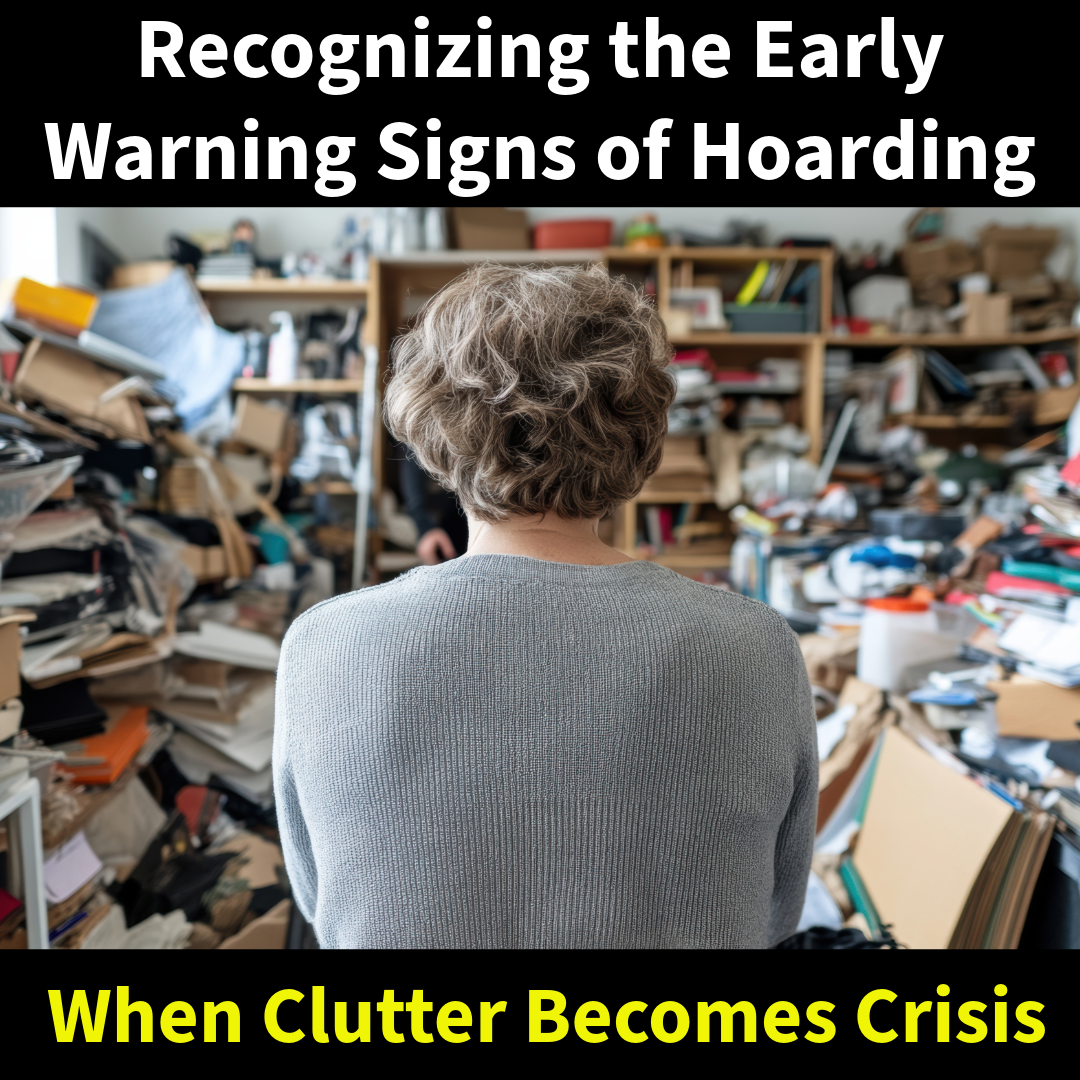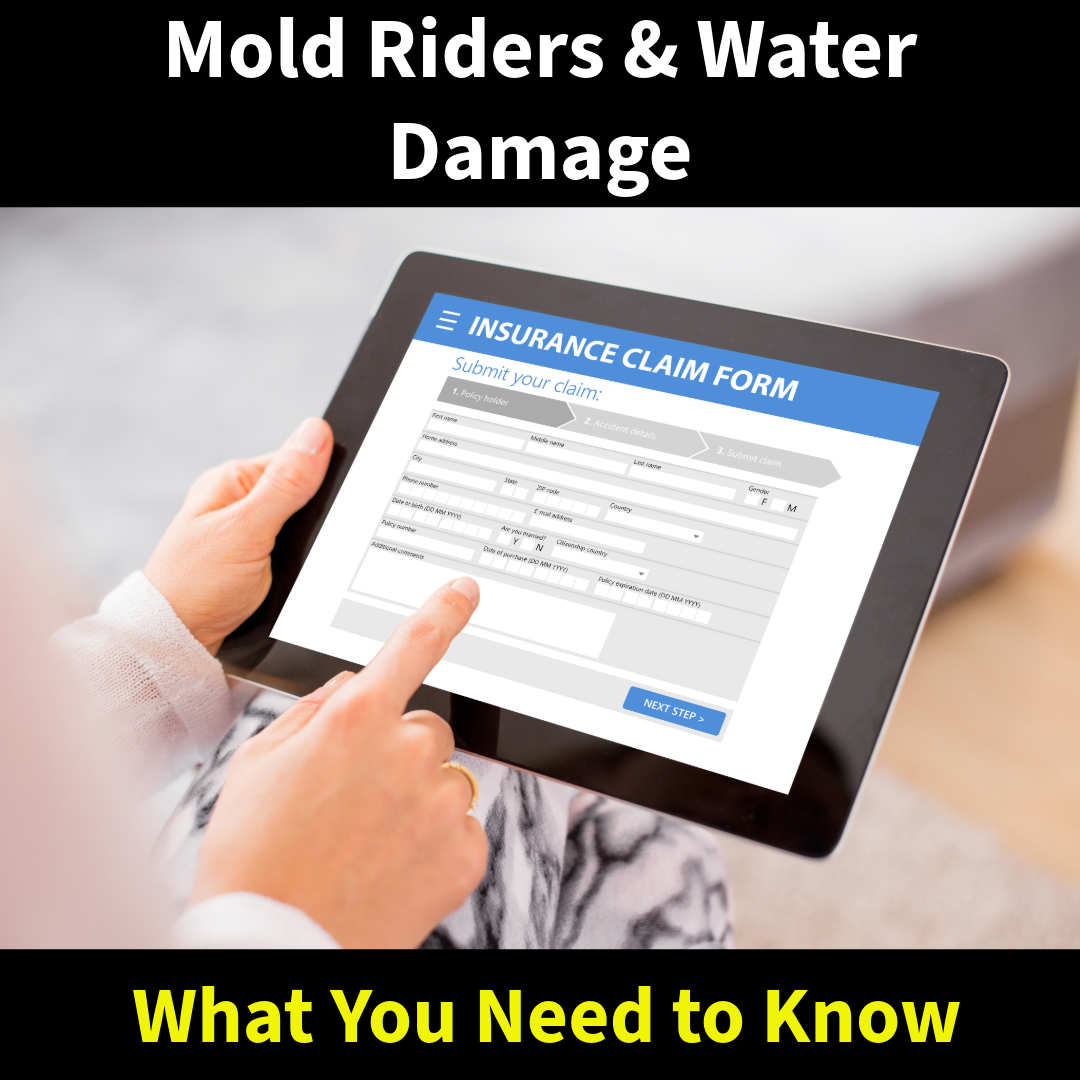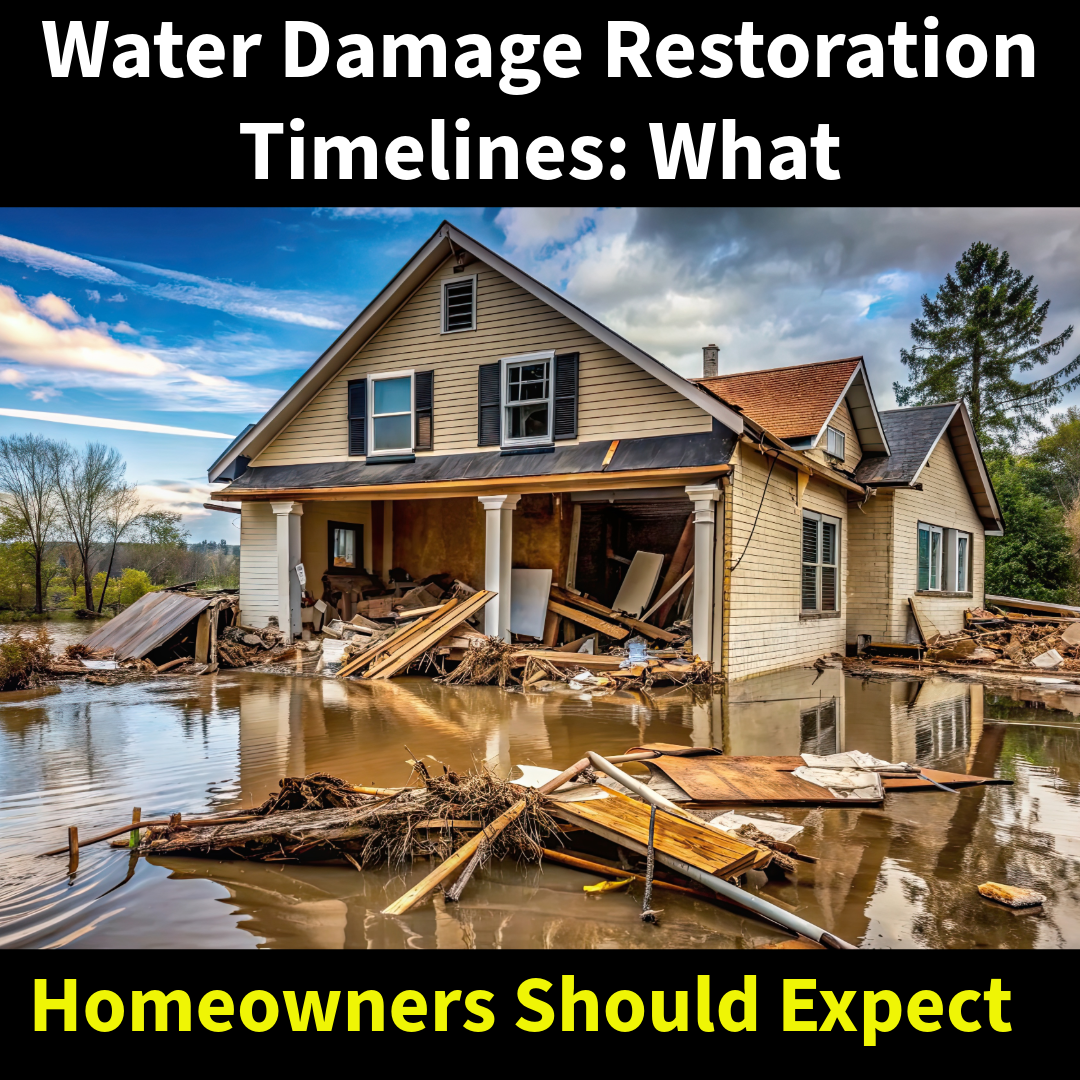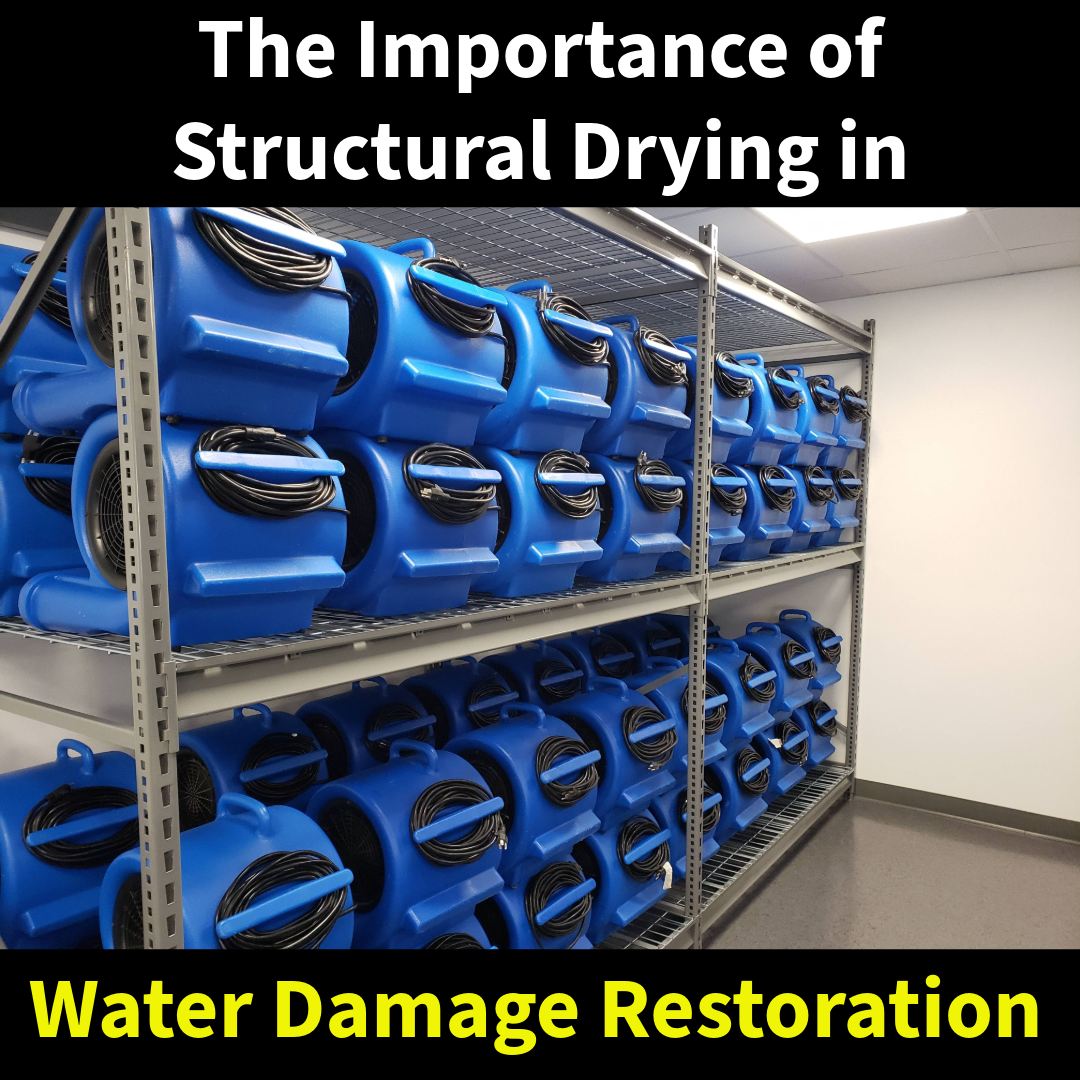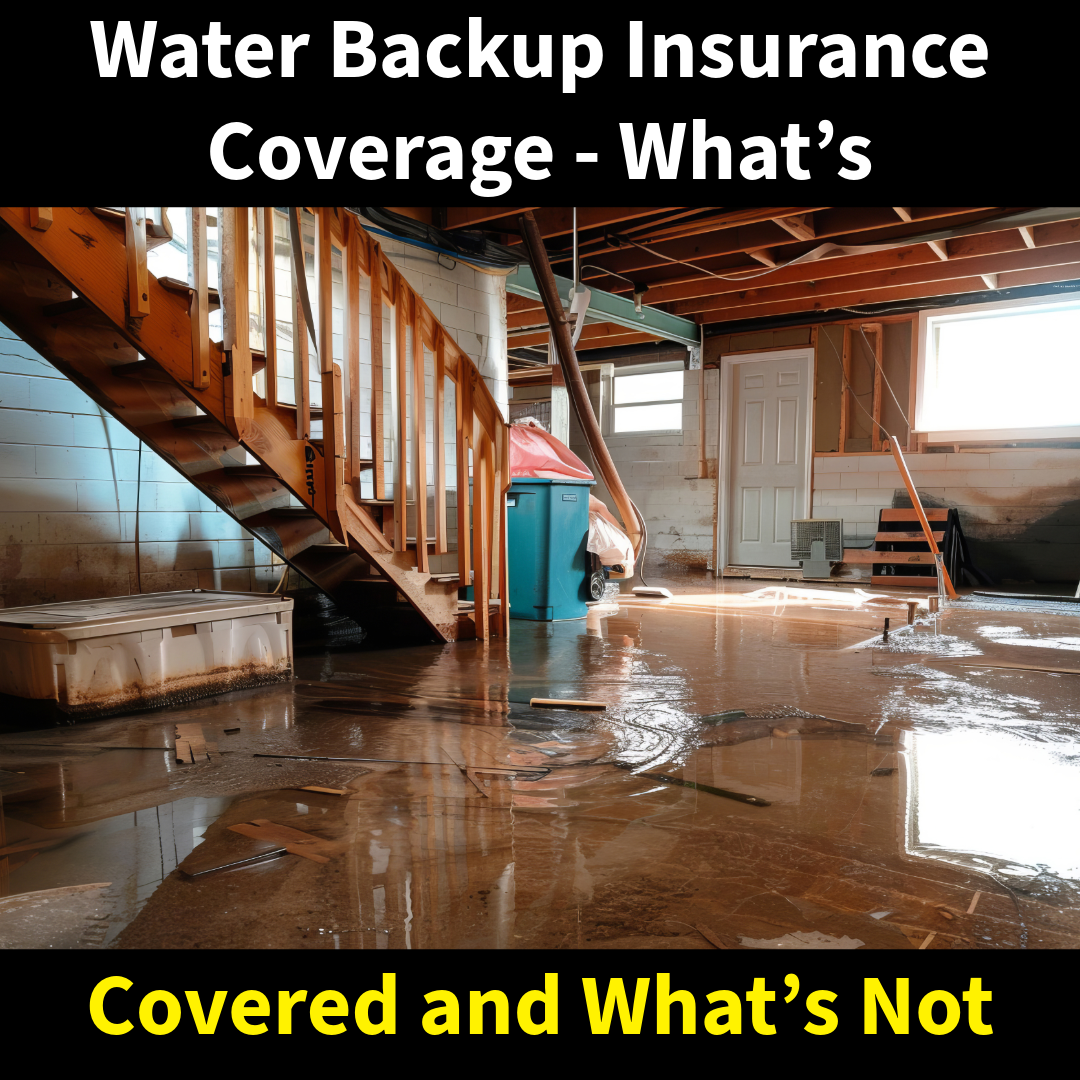Hoarding is often misunderstood as simple disorganization or messiness, but it’s far more serious. It’s a progressive condition that can create dangerous living environments, compromise mental and physical health, and even lead to eviction or home condemnation. The earlier you identify the signs, the better the chances for a safe, manageable resolution.
What Is Hoarding Disorder?
Hoarding disorder is a mental health condition where individuals have persistent difficulty parting with possessions, regardless of actual value. This often results in overwhelming clutter that restricts the use of living spaces and creates health and safety hazards.
Early Warning Signs of Hoarding
✅ Unwillingness to Let Go
Keeping broken, expired, or obviously useless items “just in case” — and reacting emotionally to suggestions of discarding them.
✅ Growing Clutter in Unusual Places
When items begin to pile up in hallways, bathtubs, on stoves, or in front of windows and doors — it’s more than just disorganization.
✅ Embarrassment or Avoidance
People may stop inviting others into their home or become defensive when asked about the clutter.
✅ Neglected Home Repairs or Maintenance
Leaky pipes, mold, rodent infestations, or water damage may go unresolved because access to those areas is blocked or out of sight.
✅ Loss of Functional Living Space
Beds, bathrooms, and kitchens are no longer usable for their intended purpose due to item accumulation.
Why Early Action Matters
Unchecked hoarding can quickly escalate into dangerous territory:
- Fire hazards from blocked exits and overloaded electrical outlets
- Mold growth and pest infestations from spoiled food or water damage
- Trip-and-fall risks, especially for elderly occupants
- Structural damage from excessive weight
- Legal consequences like code violations or forced evictions
When to Call a Professional
If you suspect a hoarding situation is developing, don’t wait until it becomes life-threatening. Professional cleanup is about more than just removing junk — it’s about restoring safety, health, and dignity.
At MSI, we handle hoarding cleanups with compassion and discretion. Our team is trained to identify health hazards, follow biohazard safety protocols, and work with families through every step of the cleanup process.
Since 1998, we’ve helped restore hundreds of homes affected by hoarding — with respect, care, and professionalism every time.
